- Need Any Help: +1 647-760-5505 or
- info@trubicars.ca
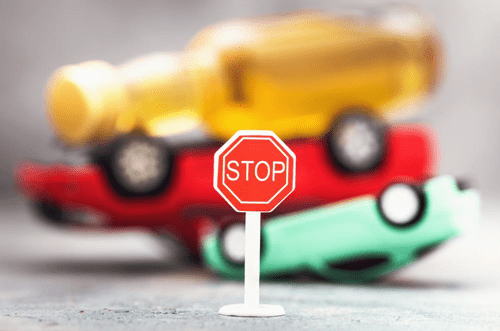
When operating a motorized vehicle, it’s important that your attention remains on the road. At Trubicars, we emphasize to our students the importance of driving safely and the responsibility you have while being behind the wheel. Accidents can happen in the blink of an eye if you are inattentive. It’s always better to be safe than sorry. At Trubicars we have identified the 4 D’s of impaired driving and how you can avoid them. Impaired driving means operating a vehicle while your ability to do so has been compromised. This can be from consuming alcohol, drugs (either cannabis, over-the-counter drugs, prescription medication, or illegal substances), or a combination of the above. The 4 D’s of impaired driving include Drunk Driving, Drugged Driving, Distracted Driving, and Drowsy Driving.
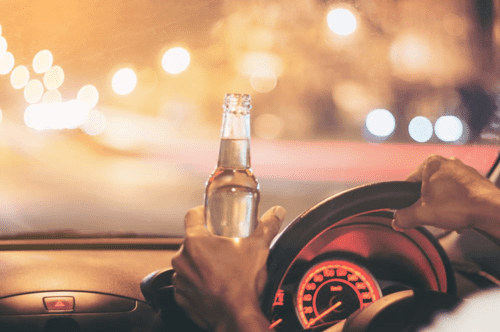
Driving impaired is a serious offense on ALL roads. As a driver, you have a responsibility to remain sober behind the wheel. In Ontario, driving while you are drunk is one of the leading causes of fatal collisions among road users. When you drink, your reaction time is slower and your ability to make decisions is greatly affected. Alcohol can affect your attention span and you may experience blurred or double vision. If police detect and test that you are driving while impaired you can face immediate license suspensions, Fines and reinstatement fees, enrollment into education or treatment programs, vehicle impoundment or even harsher penalties upon conviction.
Every time your license is suspended you must pay a license reinstatement fee.
You can avoid driving drunk by:
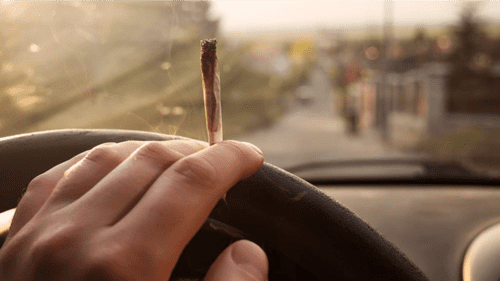
Driving while impaired by cannabis is another offense that is just as serious as drunk driving. Many people try to argue that they are safer drivers after they have consumed cannabis…this is not the case. Consuming cannabis before driving affects your judgment, and coordination and slows your reaction time. Cannabis effects depend on THC levels, how it is consumed and whether or not can last as long as 6 hours The same penalties that apply to intoxicated driving also apply to cannabis impairment. If you continually violate the driving while intoxicated laws you will face longer suspensions and additional consequences (like mandatory enrolment in education and treatment programs).
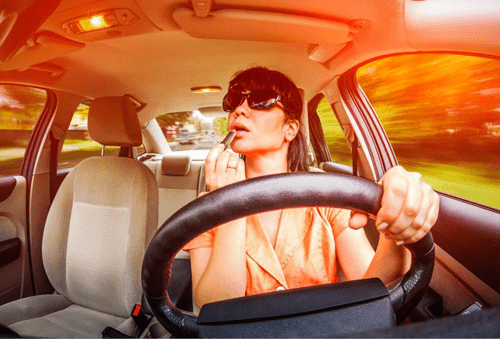
When people think of distracted driving, people mostly think of electronic device usage. While this is often a leading cause of distracted driving, distracted driving also includes
You are considered to be a distracted driver if you do any of the following behind the wheel:
Distracted driving is a serious offense and has serious consequences, not only could you potentially injure yourself but you can also injure others, such as other road users, and pedestrians, and even cause damage to nearby surroundings.
There are many steps you can take to avoid distracted driving, try any of the following:
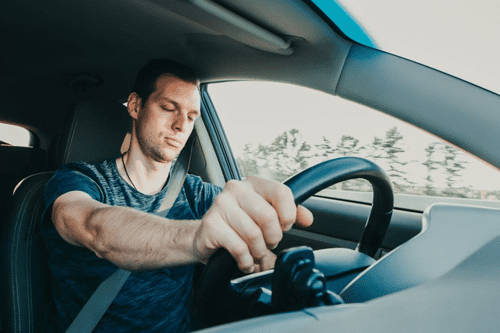
Driving while fatigued can significantly diminish your ability to focus on the road. Ontario studies have shown that collisions involving drowsy drivers tend to occur during late nights and early mornings. So whether you are driving long distances or working late and long hours, you should never get behind the wheel while you are fatigued. Your reaction time is slower, your decision-making abilities are altered, your level of focus is more difficult to maintain, your depth perception is thrown off and your vision can be altered (you may become sensitive to bright lights.
Your drowsiness is serious enough to be a risk if:
You can avoid driving drowsy by:
It’s important to note as well that you cannot trick your body into staying awake!
It is Illegal to transport cannabis in a motorized vehicle if it is open (not in its original packaging) and readily accessible to any person in the vehicle. It is also Illegal to transport cannabis across the Canadian border.
You can avoid driving high by taking the same steps you would as if you were drinking:
At Trubicars, we believe and emphasize the importance of how it is your duty as an operator of a motorized vehicle to ensure that you remain safe and responsible behind the wheel, not just for your sake, but for the sake of others. To learn more about the 4 D’s of impaired driving, or to learn other safe driving techniques, check out the Trubicars website!
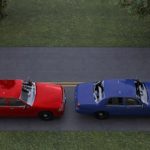
 February 13, 2024 by
February 13, 2024 by Reema Sharma
Reema Sharma
 January 17, 2024 by
January 17, 2024 by Trubicars
Trubicars
 January 17, 2024 by
January 17, 2024 by Trubicars
Trubicars
Once you acquire the knowledge provided in
those tests, you are ready to pass the
test,
the first time.
